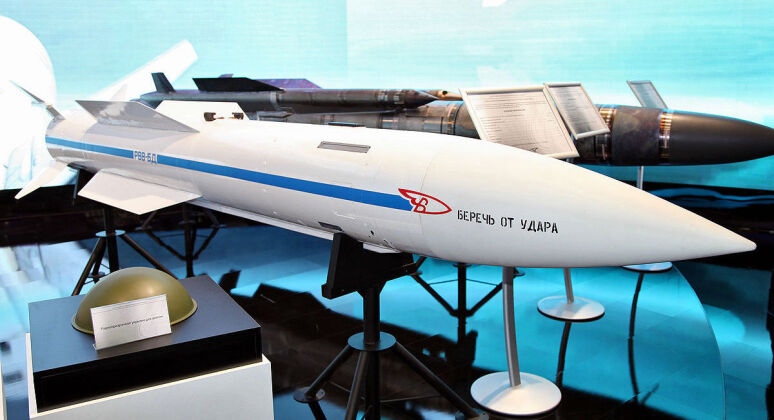News
Russia Plans to Arm New MiG-35 Fighters with Hypersonic Air to Air Missiles: Is It Practical?
Since its induction into service in the Russian Air Force in 2019 the future of the MiG-35 medium weight fighter has remained highly uncertain. Initial plans for Russia to field over three dozen of the aircraft appear to have been abandoned, as part of a broader trend towards the phasing out of medium weight aircraft from service, with the six fighters actually purchased widely seen to have been acquired primarily to stimulate foreign demand in the program. Nevertheless the development of new features for the MiG-35 have frequently been reported, ranging from laser weapons to new forms of artificial intelligence, in apparent efforts to make the aircraft appear more competitive against sophisticated foreign rivals. The MiG-35 is a direct successor to and derivative of the MiG-29, an aircraft which first entered service in 1982 and has proven a major export success, and is heavily based on the enhanced MiG-29M design with very significant visual similarities and commonality in the large majority of components. While after the Soviet Union’s disintegration the MiG-29 was produced almost exclusively for export, the MiG-35’s future is also heavily dependant on the ability to make sales abroad – where it faces tough competition not least from the MiG-29M itself which is built on the very same production line at the Sokol Aircraft Plant.

A notable feature reported for the MiG-35 by some Russian media outlets but often overlooked is its compatibility with the R-37M air to air missile, which at Mach 6 is both hypersonic and the fastest in the world while its range is unrivalled by foreign designs other than those of China. The R-37M was initially developed for Russia’s largest fighter/interceptor the MiG-31BM/BSM which is well over twice the size of the MiG-35, but which despite its size can carry just six of the oversized missiles alongside lighter armaments. The R-37M has more recently been made compatible with Su-35 and Su-30SM/SM2 heavyweight fighters, which can reportedly carry up to four but are not expected to deploy more than two due to the toll the extreme weight would take on their flight performances. For the much lighter MiG-35 the ability to deploy the missile practically remains in question, and the fighters are not expected to be commonly configured with more than one or two R-37Ms should they ever deploy them at all. Furthermore, while the MiG-31 can fire the missiles the furthest due to its very high altitude ceiling and speed, the range of R-37s fired from the MiG-35 is expected to be significantly shorter.

Beyond the issue of weight, the ability of the MiG-35’s sensor suite to guide a missile out to distances of 400km, which is the R-37M’s maximum range, remains in serious question and the fighters would likely be forced to rely heavily on networking with other assets that have more powerful sensors. Ultimately the difficulties of integrating such a missile mean it is unlikely to materialise in the Russian Air Force’s sole MiG-35 unit, and may be intended to provide the fighter with a much longer engagement range on paper than any of its foreign rivals to increase foreign interest. The MiG-35 may gain a much more practical missile advantage from the much lighter R-77M missile developed for the Su-57 stealth fighter, which would provide a formidable 200km engagement range and the benefits of AESA radar and active phased array antenna guidance, making it a weapon both export clients and the Russian Air Force itself could have significantly more interest in to equip MiG-35 units should the program progress beyond the first half a dozen airframes.












